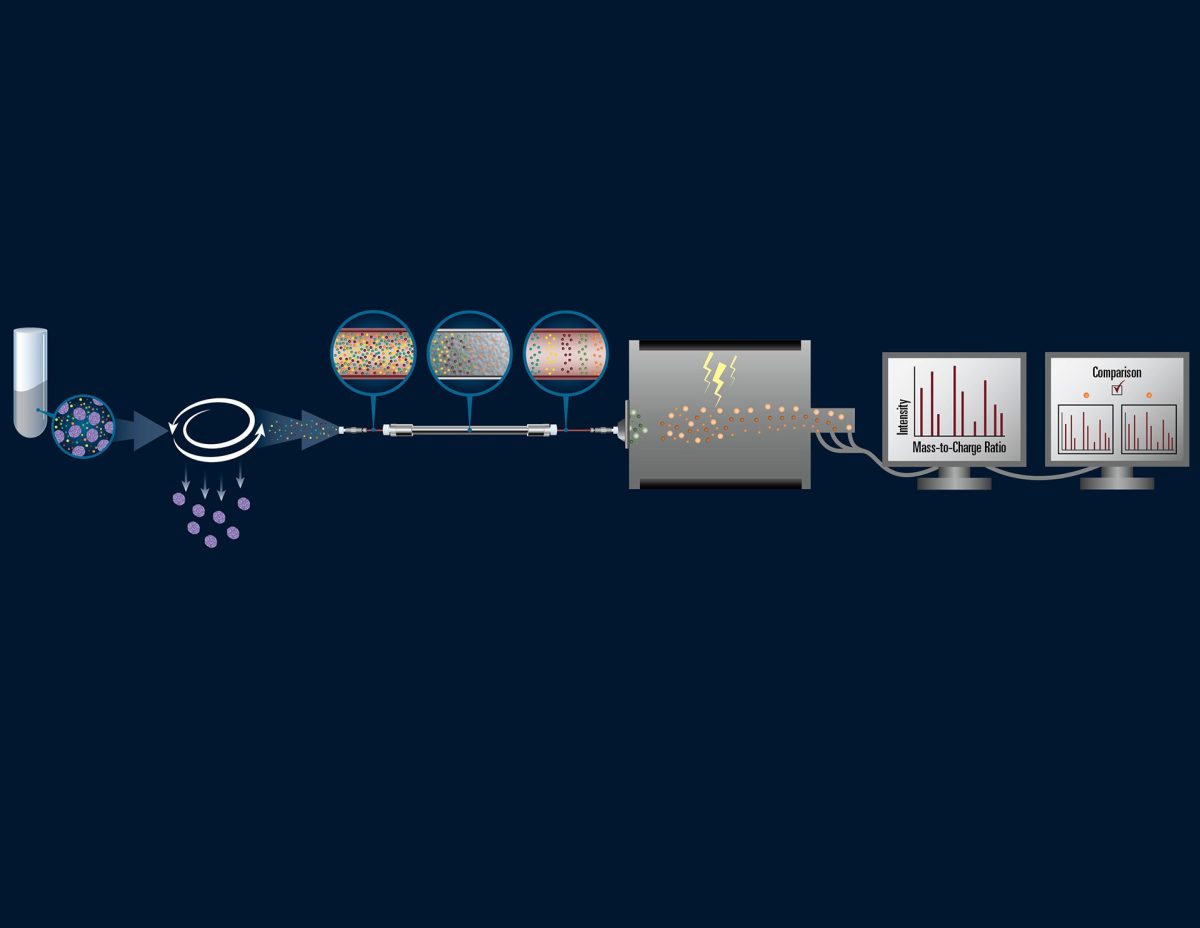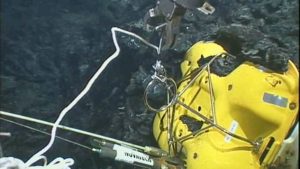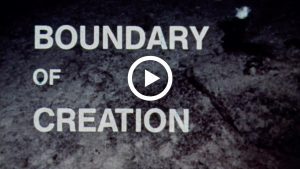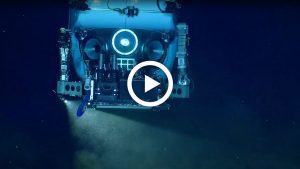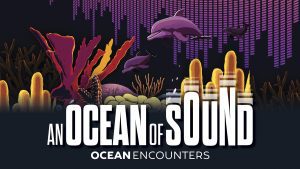Liquid Chromatography — Mass Spectrometry
Analytical instruments help scientists distinguish chemical compounds in complex mixtures.
From left to right:
- Culture samples contain phytoplankton cells and a muddle of the carbon-containing compounds that they produce and release.
- The samples are centrifuged to remove the cells and leave behind liquid containing the dissolved carbon compounds.
- After an extraction procedure, samples are pumped through a tube filled with material that attracts the organic carbon.
- Based on their chemical properties, compounds move through the material at different speeds. The process separates the organic carbon compounds into subsets that emerge from the tube at different times.
- The compounds sequentially enter a mass spectrometer, where any liquid is vaporized and the compounds become charged.
- The mass spectrometer distinguishes compounds based on a ratio of their mass and charge and counts their abundance.
- With computational analyses, scientists can compare and contrast the compounds produced by different phytoplankton.
(Illustration by Amy Caracappa-Qubeck, © Woods Hole Oceanographic Institution)
SEARCH RELATED TOPICS: Ocean Tech
Image and Visual Licensing
WHOI copyright digital assets (stills and video) on this website can be licensed for non-commercial use upon request and approval. Please submit your request via our Media Request Form.
For assistance or accessibility accommodations, call (508) 289-2647.
